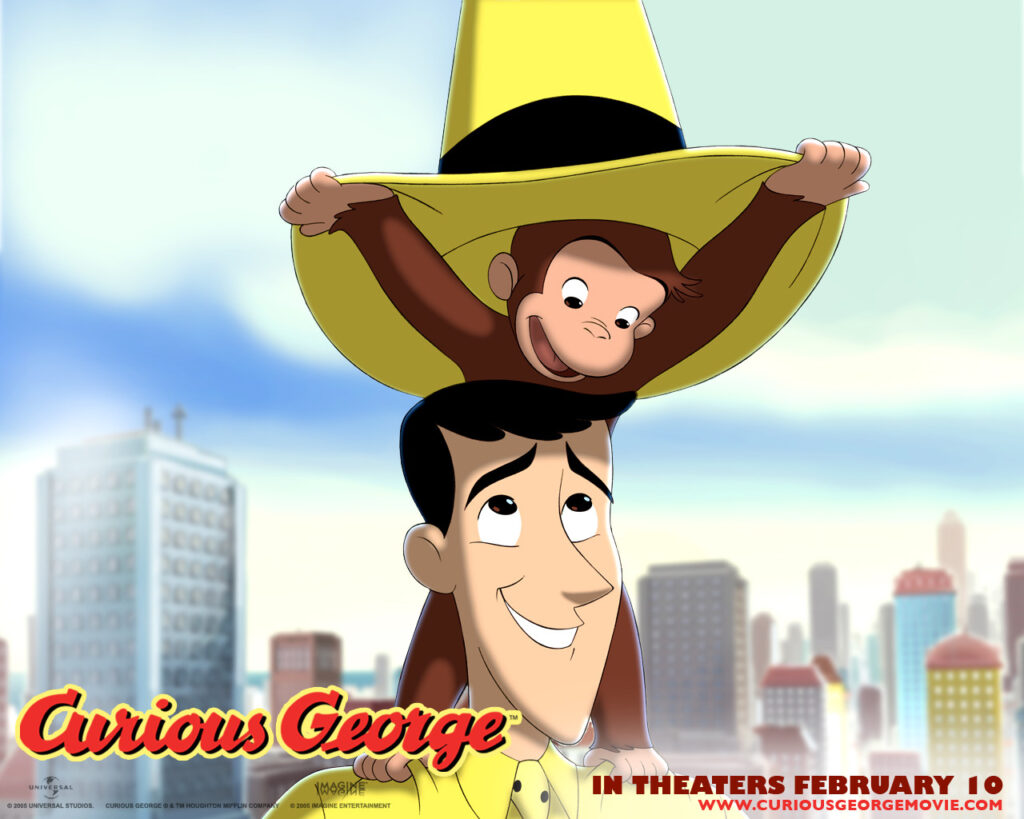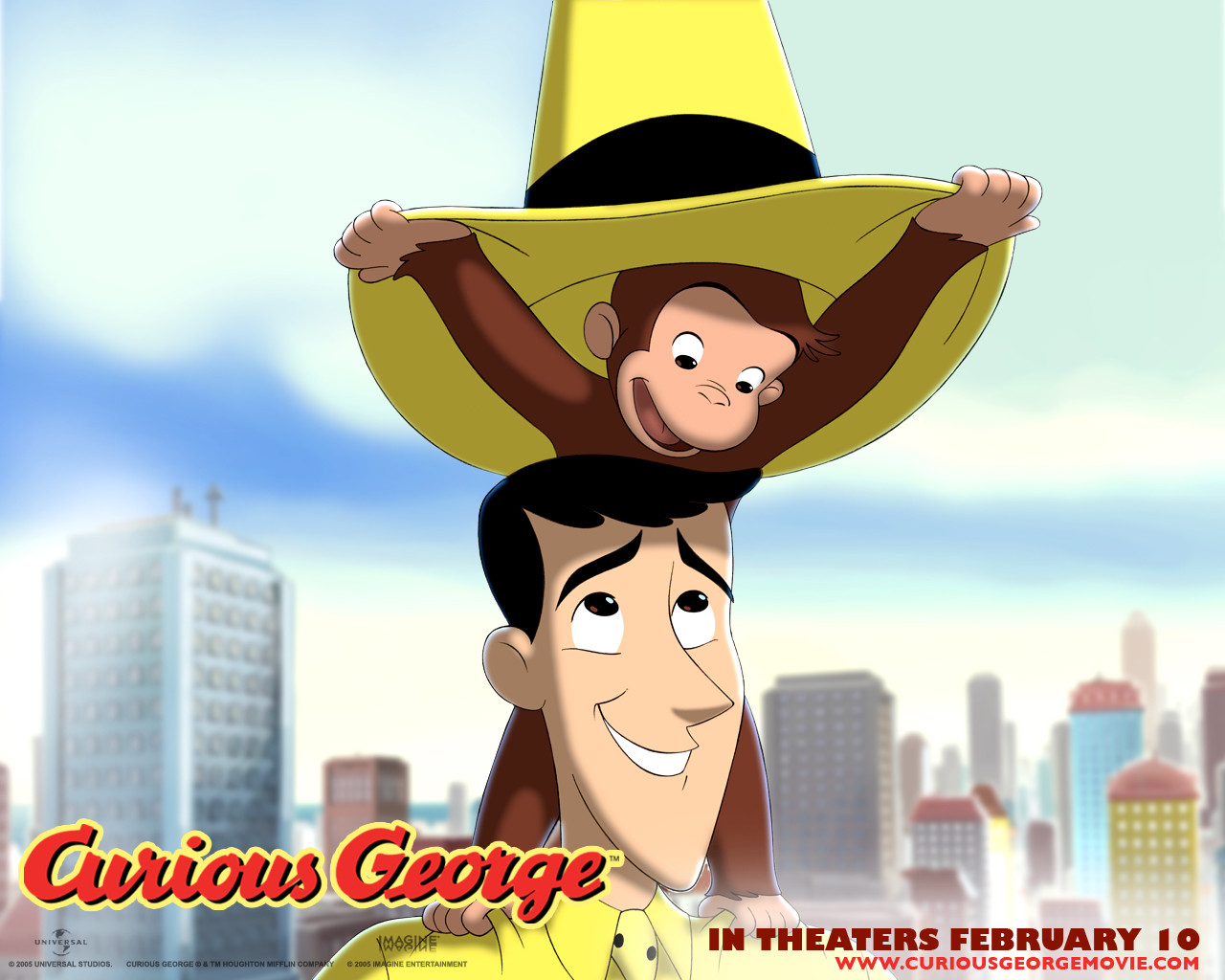
Who Is Curious George? Unraveling the Tale of the Mischievous Monkey
Who is Curious George? He’s more than just a monkey; he’s a cultural icon. A beloved character from children’s literature and television, Curious George has captivated audiences for over eight decades with his insatiable curiosity and penchant for adventure. This inquisitive primate, known for his bright red hat and boundless energy, has become synonymous with childhood wonder and the joy of discovery. Understanding who Curious George is requires delving into his origins, exploring his impact, and appreciating the enduring appeal of his stories.
The Genesis of a Curious Character
The story of Curious George begins not in the jungle, but in Paris, France. Hans Augusto Rey and Margret Rey, a husband-and-wife team, created the character in 1939. Initially, George appeared as a minor character in a book titled “Cecily G. and the Nine Monkeys.” However, his charm and potential were evident, leading the Reys to develop a series of books dedicated solely to his adventures. The first book, simply titled “Curious George,” was published in 1941. This marked the beginning of a literary phenomenon that would span generations.
The Reys’ own escape from Paris during World War II adds a layer of intrigue to the story. They fled on bicycles, carrying the manuscripts for their Curious George books with them. This harrowing experience underscores the dedication and passion they had for their creation. The journey to safety eventually led them to the United States, where they continued to write and illustrate the Curious George series.
Exploring the World Through George’s Eyes
The core of Curious George’s appeal lies in his unyielding curiosity. Each story typically follows a similar pattern: George, driven by his inquisitive nature, encounters a new situation or object. His attempts to understand and interact with the world often lead to unintended consequences, creating humorous and sometimes chaotic scenarios. However, these mishaps are always resolved with the help of the Man with the Yellow Hat, George’s caretaker and friend.
Curious George’s adventures are not just entertaining; they are also educational. They subtly introduce young readers to various concepts and ideas, from simple machines to social interactions. Through George’s experiences, children learn about cause and effect, problem-solving, and the importance of responsibility. The stories encourage a sense of wonder and inspire children to explore the world around them with open minds.
The Man with the Yellow Hat: A Guiding Presence
The Man with the Yellow Hat is an integral part of the Curious George narrative. He serves as a constant source of support and guidance for George, providing him with a safe and nurturing environment to explore his curiosity. While he sometimes expresses mild frustration at George’s antics, he always maintains a patient and understanding demeanor. His presence reinforces the importance of mentorship and the value of having a trusted adult in a child’s life.
The Man with the Yellow Hat remains largely unnamed throughout the series, adding to his enigmatic charm. His identity is primarily defined by his iconic hat, which has become as recognizable as George himself. He embodies the qualities of a responsible caregiver, demonstrating kindness, patience, and a willingness to embrace George’s unique personality. He is the anchor that allows Curious George to freely explore and learn.
Curious George’s Enduring Legacy
Over the years, Curious George has transcended the boundaries of children’s literature, becoming a multimedia phenomenon. In addition to the original book series, George has starred in animated television shows, feature films, and interactive games. These adaptations have introduced him to new generations of children, ensuring his continued relevance in the 21st century. The enduring popularity of Curious George speaks to the timeless themes of curiosity, exploration, and the importance of friendship.
The Curious George television series, in particular, has played a significant role in expanding the character’s reach. The show, which premiered in 2006, features engaging storylines, vibrant animation, and educational content. It reinforces the core values of the original books while introducing new characters and settings. The success of the television series has solidified Curious George’s status as a cultural icon.
The Educational Impact of Curious George
One of the key reasons for Curious George’s lasting appeal is his ability to educate and entertain simultaneously. The stories are designed to be both engaging and informative, subtly teaching children about various concepts and skills. From simple math and science principles to social and emotional learning, Curious George offers a wealth of educational opportunities. The books and television shows often incorporate elements of STEM (Science, Technology, Engineering, and Mathematics) education, encouraging children to develop critical thinking and problem-solving skills.
The Curious George stories also promote literacy and language development. The simple, repetitive language used in the books makes them accessible to young readers, while the engaging storylines encourage them to develop a love of reading. The television series further enhances literacy skills through its use of clear narration and visual aids. By making learning fun and engaging, Curious George helps to foster a lifelong love of learning in children.
Curious George Around the World
Curious George’s adventures aren’t confined to just one country. The books have been translated into numerous languages, allowing children from all over the world to enjoy his stories. This global appeal highlights the universal nature of curiosity and the human desire to explore and learn. Whether he’s getting into mischief in the city or exploring the countryside, Curious George’s experiences resonate with children of all backgrounds.
The international success of Curious George has also led to collaborations with various organizations and institutions around the world. These partnerships have helped to promote literacy, education, and cultural understanding. By leveraging the character’s popularity, these initiatives have been able to reach a wider audience and make a positive impact on children’s lives. Curious George truly is a global ambassador for curiosity and learning.
Analyzing Curious George’s Enduring Popularity
The continued success of Curious George can be attributed to several factors. First and foremost, the character is relatable and endearing. His curiosity and mischievousness resonate with children, who often see themselves in his adventures. The stories are also well-written and engaging, with a timeless quality that appeals to both children and adults. Furthermore, the educational value of the stories adds another layer of appeal, making them a valuable resource for parents and educators.
The visual appeal of the Curious George books and television shows also plays a significant role in their popularity. The illustrations are bright, colorful, and engaging, capturing the character’s energy and enthusiasm. The animation in the television series is equally vibrant, bringing the stories to life in a visually appealing way. The combination of engaging storylines, relatable characters, and visually appealing artwork has made Curious George a beloved figure in children’s entertainment.
Curious George: A Symbol of Innocence and Wonder
In conclusion, Curious George is more than just a monkey; he is a symbol of innocence, wonder, and the joy of discovery. His stories have captivated audiences for generations, inspiring children to explore the world around them with curiosity and enthusiasm. The enduring appeal of Curious George lies in his relatable character, engaging storylines, and educational value. He is a testament to the power of children’s literature to educate, entertain, and inspire. So, who is Curious George? He’s a friend, a teacher, and an adventurer, all rolled into one adorable little monkey.
[See also: The History of Children’s Literature]
[See also: Educational Benefits of Reading to Children]
[See also: The Impact of Animation on Child Development]

